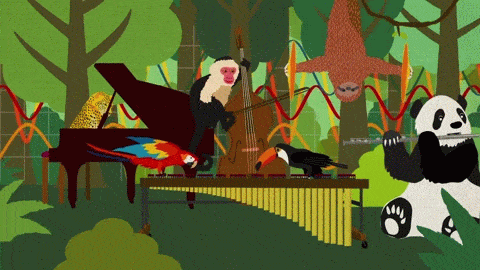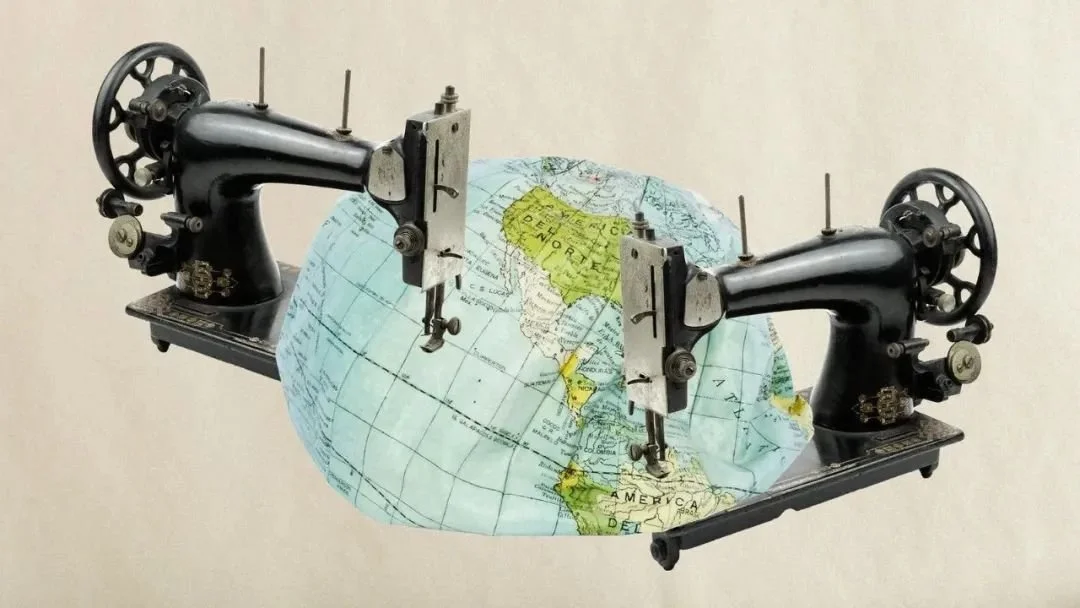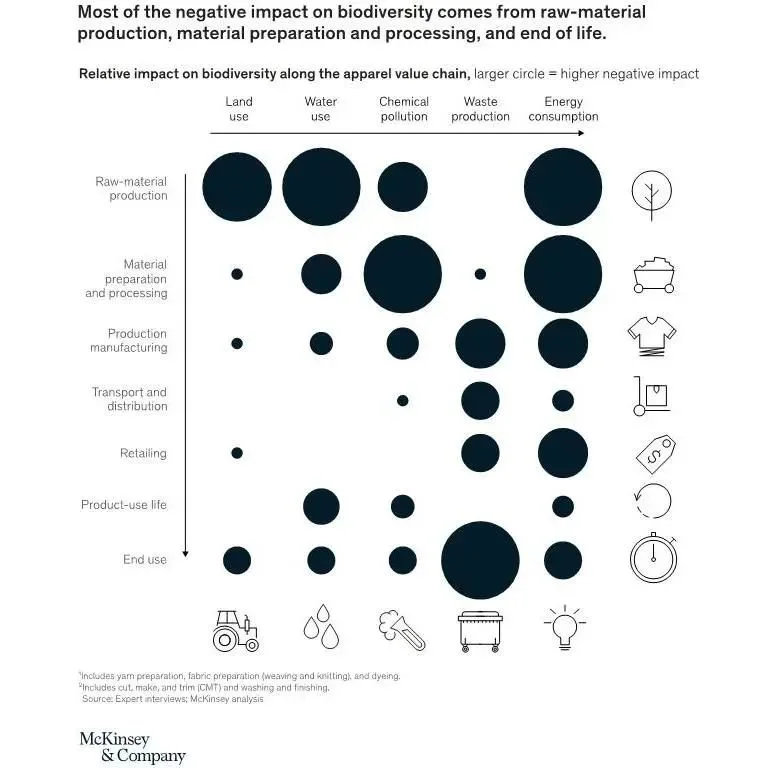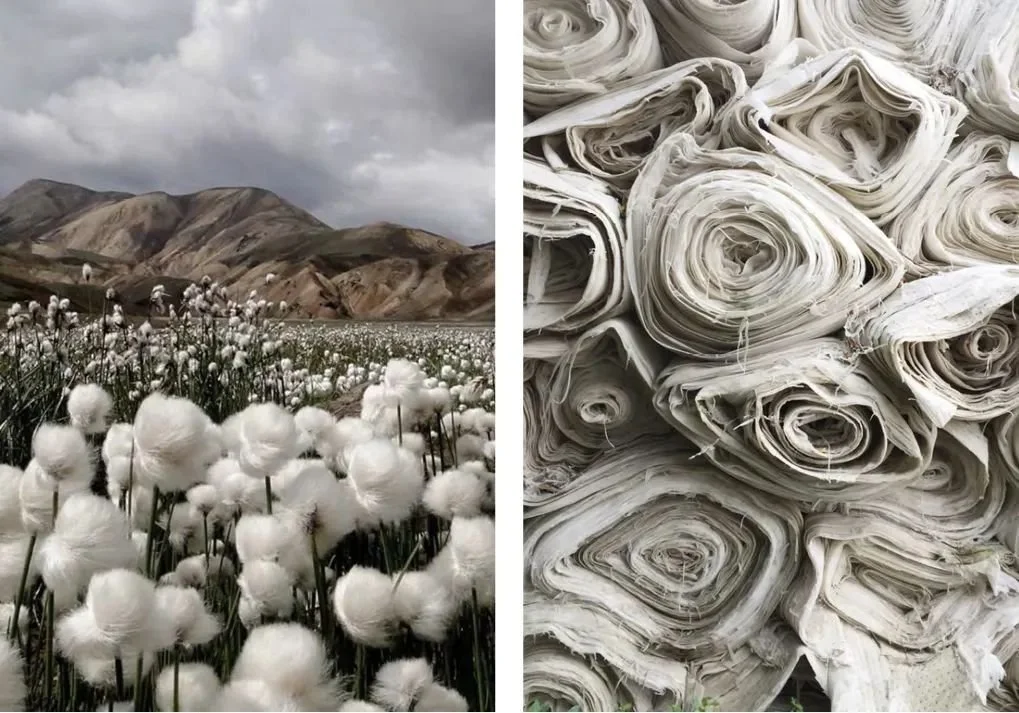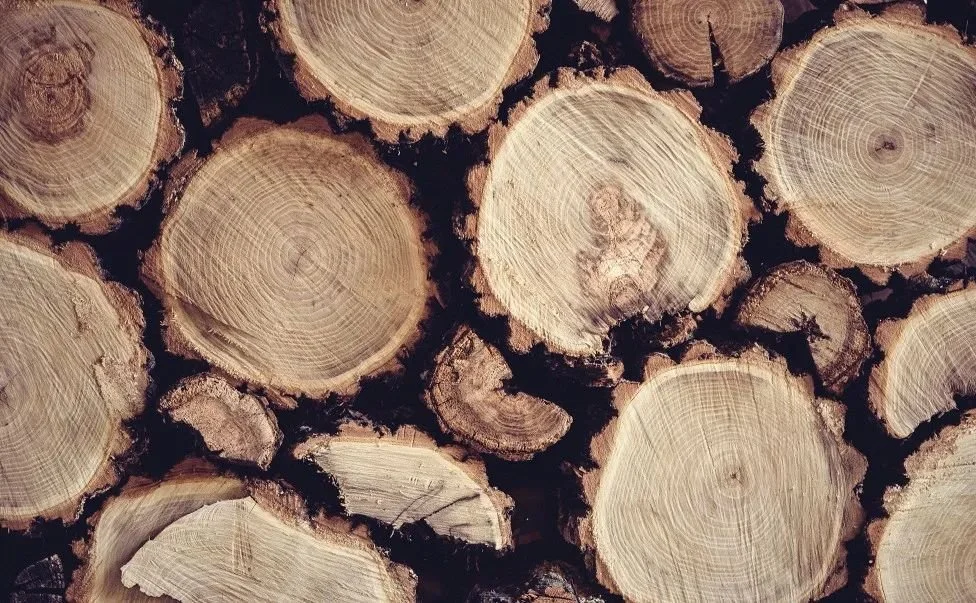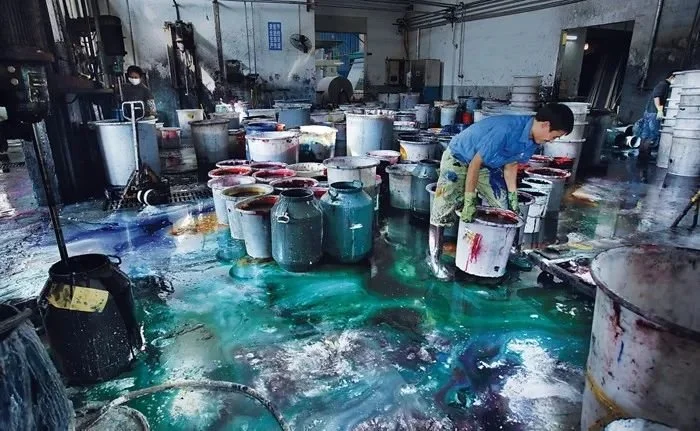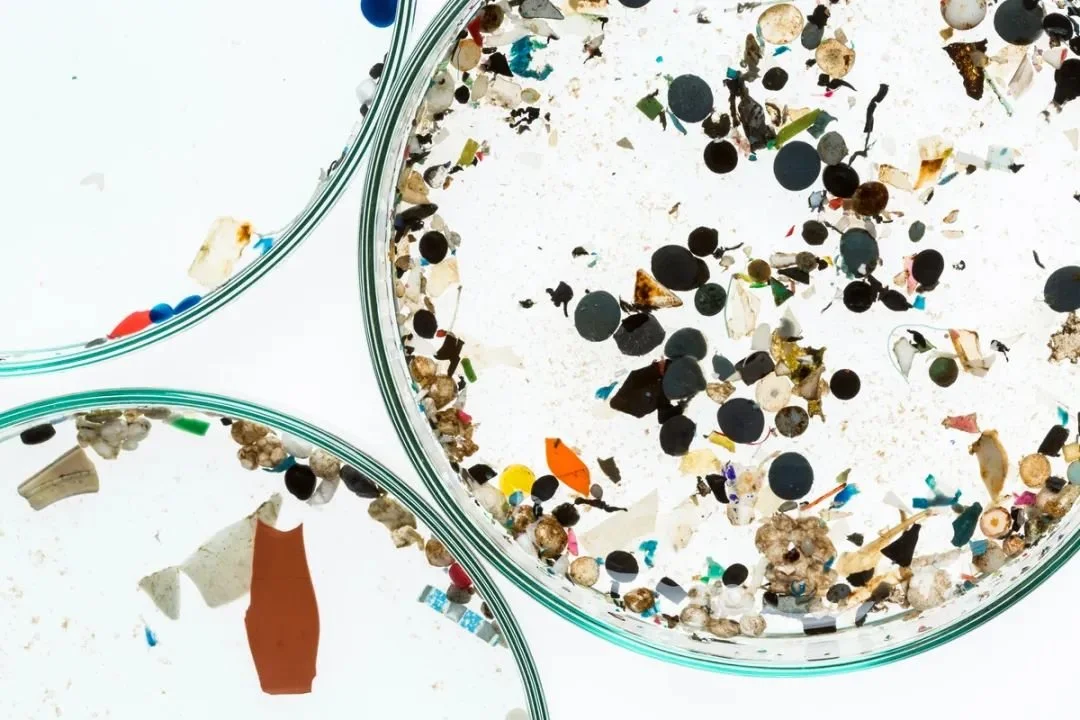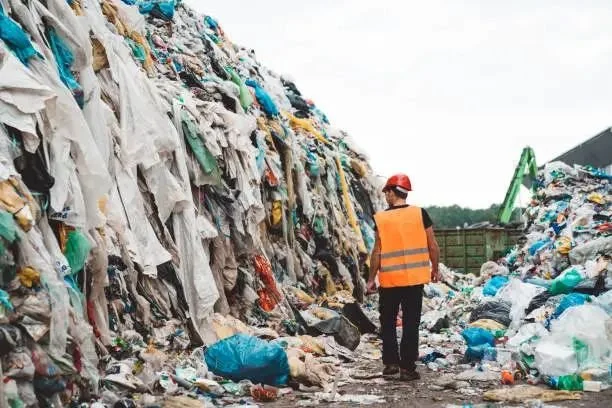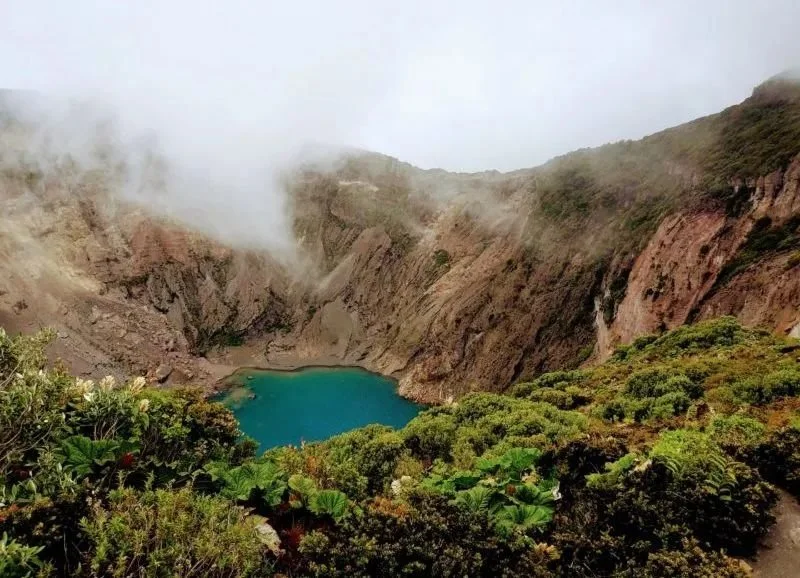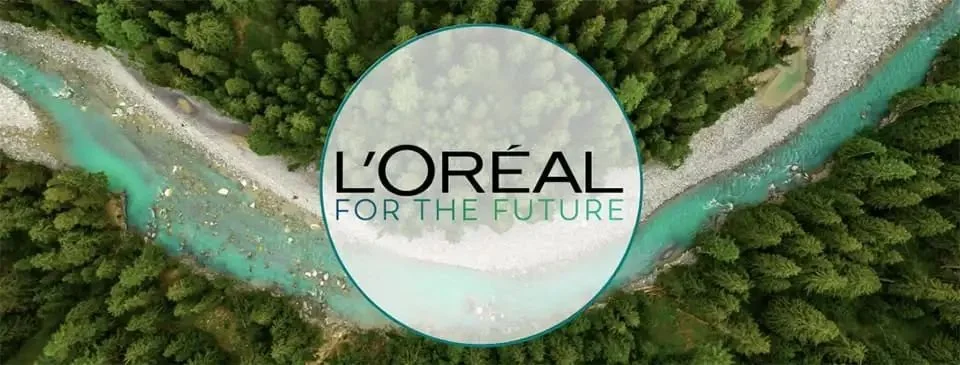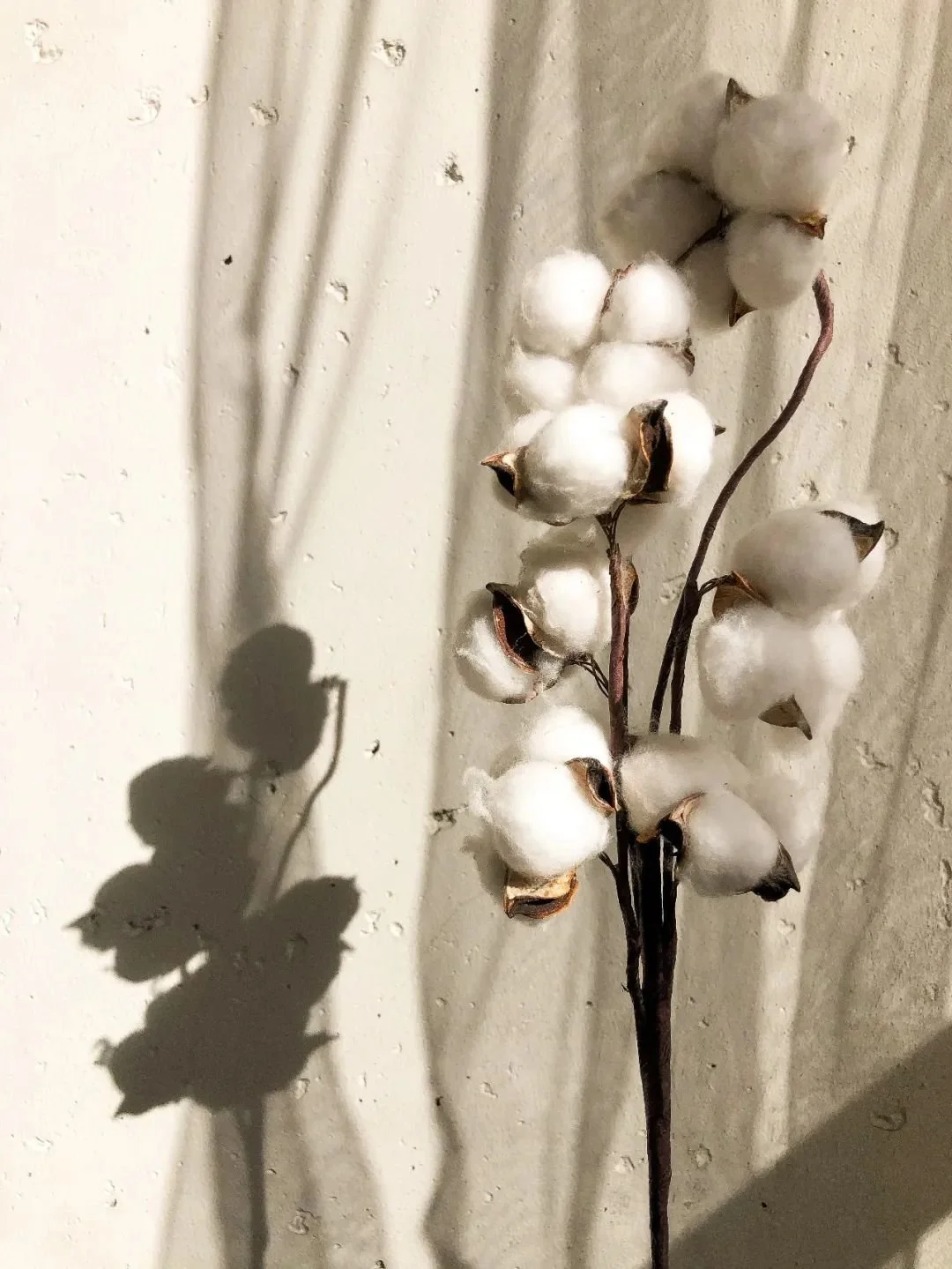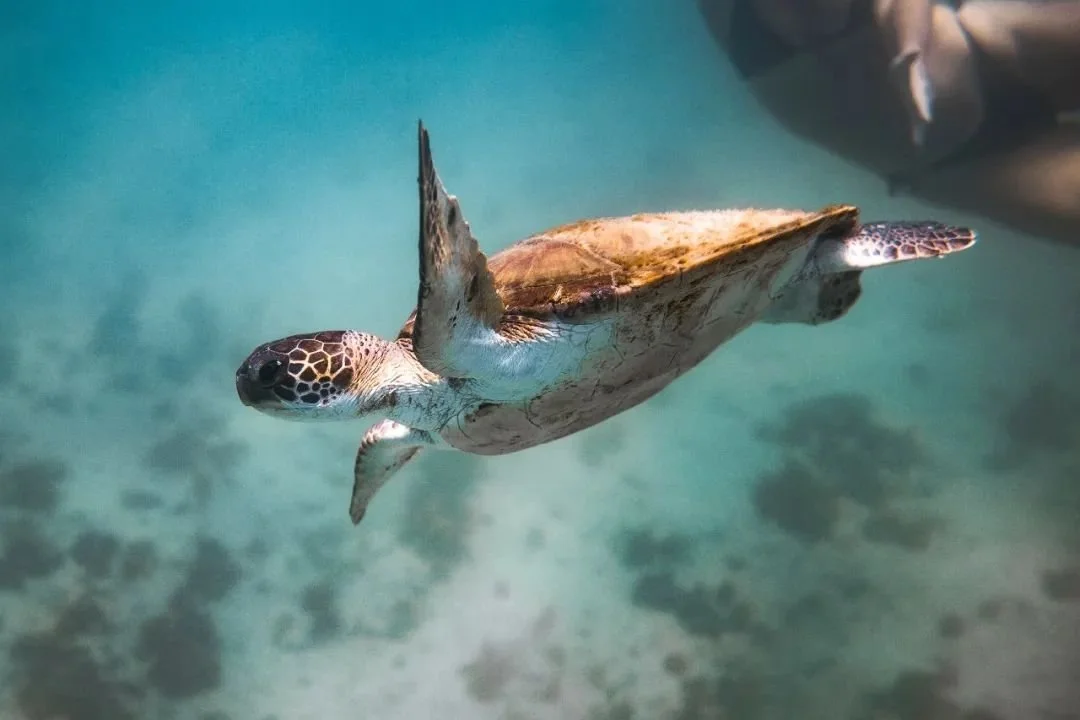Building a Shared Future for All Life
©Alamy/Javier Hirschfeld
Today is the International Day of Biological Diversity. We think it’s a day that matters a lot, as biodiversity remains the answer to several sustainable development challenges, from nature-based solutions to climate, health issues, food and water security, and sustainable livelihoods, biodiversity is the foundation upon which we can build back better.
#1
What is Biodiversity?
©Anna Nygård via Unsplash
The United Nations defines biological diversity (also known as biodiversity) as the “variability among living organisms from all sources, including inter alia, terrestrial, marine and other aquatic ecosystems and the ecological complexes of which they are part; this includes diversity within species, between species and of ecosystems”.
©Giphy
In simple terms, biodiversity is the variety of life on Earth, which includes animals, plants, the habitats and ecosystems they live in, and how they interact with each other. Our skin holds us together, enables us to breathe and move, to create and to interact in the world.
#2
How does fashion impact biodiversity?
©Ricardo Gomez Angel via Unsplash
The relationship between fashion and nature is complex: on the one hand, there is fashion’s intention to celebrate nature, on the other, much of the industry’s production involves dangerously negative effects.
Fashion has a basic role to clothe society, and draws from nature both as a source of aesthetic inspiration and of raw materials: we make fashion derived from plants, animals, insects, oils, minerals, metals. Everything we wear – garments, accessories, jewellery, footwear – is made from materials found in the world around us.
©Alamy/Javier Hirschfeld
Biodiversity is a complex and multidimensional landscape, according to McKinsey and Company’s research and report, most of the negative impact on biodiversity comes from raw-material production, material preparation as well as processing and end of life.” Their table maps these impacts:
©McKinsey and Company
And based on their analysis, we are able to identify the 5 largest contributors to biodiversity loss of the fashion industry.
Cotton agriculture
GM Cotton Effects on Biodiversity
Cotton is the most used nonsynthetic fiber in the world. Farming it is especially insecticide and pesticide intensive: although cotton grows on only 2.4 percent of global cropland, it accounts for 22.5 percent of the world’s insecticide use—more than any other single crop—and 10 percent of all pesticide use. Cotton is also a water-intensive crop; some estimates suggest that 713 gallons (2,700 liters) of water are needed to produce one T-shirt.
Wood-based natural fibers/ man-made cellulose fibers
©H&M
MMCFs are created from cellulose, mainly derived from wood. According to estimates, more than 150 million trees are logged annually for MMCFs. While the majority of MMCFs come from tree plantations that are certified and sustainable, up to 30 percent of MMCFs may come from endangered and primary forests.
Textile dyeing & treatment
©Lu Guang/Greenpeace
Approximately 25 percent of industrial water pollution comes from textile dyeing and treatment. These processes overexploit freshwater resources and contaminate waterways through chemical runoff and nonbiodegradable liquid waste. Of the 1,900 chemicals used in clothing production, the European Union classifies 165 as hazardous to the health or the environment.
Microplastics
©Fred Dott / Greenpeace
An average of 700,000 fibers is released in a standard laundry load, and half a million tons of microfibers (which are a type of microplastic) end up in oceans every year. An estimated 35 percent of primary microplastics in the world’s oceans originate from the washing of synthetic textiles. Toxic chemicals in synthetic microfibers poison marine wildlife.
Waste
©Ziga Plahutar via Getty Images
Only 12 percent of textile waste is downcycled (broken down into its component materials), and less than one percent is closed loop recycled. Nearly three-fourths - 73 percent - of textile waste is incinerated or ends up in landfills, which release pollutants into their surroundings and contribute to habitat loss. Anywhere from 30 to 300 species per hectare may be lost during the development of just one landfill site.
#3
What are the opportunites?
©Alex Ip via Unsplash
In 2016, the International Union for Conservation of Nature (IUCN) declared an urgent need for the fashion industry to take action towards preserving nature and biodiversity. At the G7 summit in August 2019, The Fashion Pact announced that biodiversity was one of the three main pillars in its sustainability objectives.
©Kering
Kering launched its biodiversity strategy in June 2020 and committed to have a net positive impact on biodiversity by 2025, by regenerating and protecting an area around six times the total land footprint of Kering's entire supply chain, all the way back to raw material production, within this timeframe.
©L’Oréal
Kering is not the only group who made commitments towards biodiversity, L'Oréal Group also committed to respecting biodiversity with an impact investment fund The L’Oréal Fund for Nature Regeneration to preserve biodiversity.
©Veja/Ranurte via Unsplash
Brands in fashion and lifestyles are practicing a wide range of principles and initiatives to bend the curve of biodiversity loss. Stella McCartney have banned viscose sourced from ancient or endangered forests. French shoe brand Veja has written specific aspects of biodiversity conservation into its supplier contracts and they buy cotton only from farmers who plant a diversity of crops. Brazilian brand Farfarm is testing growing fibres native to Brazil (such as jute, pineapple, banana and ramie) in agroforestry systems. By incorporating trees onto the farms, trees can improve the health of the soil and provide habitat for wildlife.
©Marcos Paulo Prado via Unsplash
Independent organisations and companies including the Wildlife Friendly Enterprise Network, Science Based Targets Network, Conservation International and Wildlife Works — which help preserve ecosystems by working within supply chains or involving local communities in nature-based carbon credits, among other methods — all say that more and more, fashion brands are seeking partnerships and expertise.
©University of Cambridge
The Biodiversity Primer, co-published by Kering, Biodiversify and the University of Cambridge Institute for Sustainability Leadership, is a flexible framework that can be applied to make informed decisions about the mitigation of impacts on biodiversity at diverse scales.
©Centre for Sustainable Fashion
According to Fashion Values Methods released by Centre for Sustainable Fashion of University of the Arts London, there are many different ways fashion can start to reverse its destructive relationship with biodiversity, including ecosystem conservation, restoring the health of working agricultural lands, providing farmers with economic incentives for good practices, institutionalizing carbon emissions reductions, mainstreaming traceability and blockchain, and promoting certifications and holistic management. And in the near future, we also hope to see more brands and companies join the force to build a shared future for all life.


